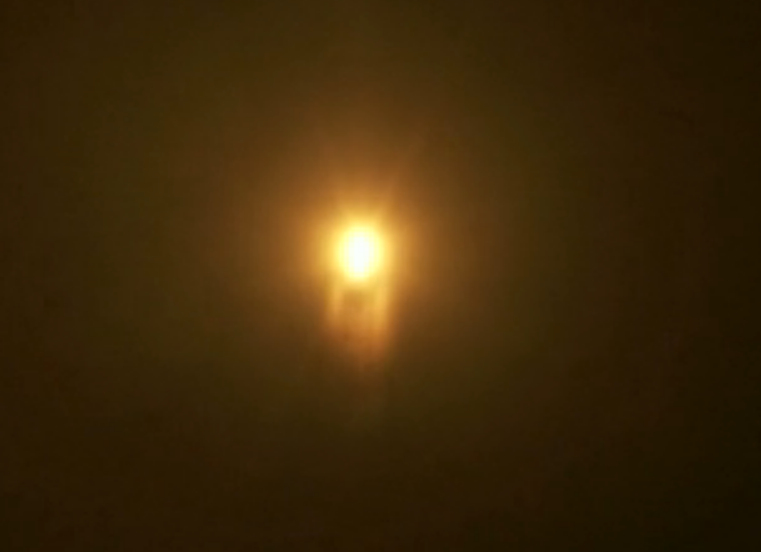Satellite Left Stranded by SpaceX Rocket Falls From Space

PARIS — Satellite messaging service provider Orbcomm on Oct. 11 said its prototype second-generation satellite, launched Oct. 7 into a bad orbit by a Space Exploration Technologies Corp. (SpaceX) Falcon 9 rocket, had fallen out of orbit but had provided enough data to proceed with the launch of the full constellation starting next year.
Fort Lee, N.J.-based Orbcomm, which plans to launch all 18 second-generation satellites aboard two SpaceX Falcon 9 rockets, said it would be filing an insurance claim of $10 million to cover the loss of the satellite and the cost of the launch and the insurance policy.
In its statement, Orbcomm suggested that its satellite prime contractor, Sierra Nevada Corp. of Sparks, Nev., had enough access to the satellite in less than four days in orbit to validate the performance of its major subsystems.
If Orbcomm’s insurance underwriters accept this, then Orbcomm will not need to launch another prototype, but will be able to proceed with the launch of two groups of second-generation spacecraft on two Falcon 9 rockets. [SpaceX to Space Station: Complete Coverage]
Orbcomm said that, had its satellite been the primary payload on SpaceX’s Oct. 7 flight, the mission would have been a success. The main mission for the Falcon 9 was the delivery into orbit of the SpaceX Dragon space station cargo vehicle, which was berthed to the station on Oct. 10.
SpaceX and NASA, which is SpaceX’s customer for the space station resupply missions, hailed the launch as a success, saying the Falcon 9 rocket’s flexibility was demonstrated by the fact that one of its nine Merlin first-stage engines shut down early in the flight.
It was that engine shutdown that forced SpaceX not to proceed with a reignition of the Falcon 9 engines later in the flight out of respect for NASA space station safety guidelines. With no reignition, the Falcon 9 left Orbcomm’s OG2 satellite in a too-low orbit.
Breaking space news, the latest updates on rocket launches, skywatching events and more!
“Notwithstanding the shortened life of the OG2 prototype, the OG2 program engineering teams … made significant strides in testing various hardware components,” Orbcomm said. “The solar array and communications antenna deployments were successful. … The OG2 satellite bus systems including power, attitude control, thermal and data handling were also tested to verify proper operation.
“With this verification data, Orbcomm can focus on completing and launching the OG2 as the primary mission payloads on two planned Falcon 9 launches, the first in mid-2013 and the second in 2014, directly into their operational orbit.”
In an Oct. 8 statement describing the first-stage engine shutdown, SpaceX sought to highlight the Falcon 9 rocket’s robustness given that it delivered the Dragon capsule to the required orbit. Neither Orbcomm nor the OG2 satellite was mentioned in the SpaceX statement.
SpaceX spokeswoman Katherine Nelson on Oct. 11 issued a follow-up statement that dealt with the Orbcomm payload.
"The goal of this mission was to transport cargo to the International Space Station for NASA," the statement said. "Orbcomm requested that SpaceX carry one of their small satellites (weighing a few hundred pounds, vs. Dragon at over 12,000 pounds) on this flight so that they could gather test data before we launch their full constellation next year.
"The higher the orbit, the more test data they can gather, so they requested that we attempt to restart and raise altitude. NASA agreed to allow that, but only on condition that there be substantial propellant reserves, since the orbit would be close to the space station.
"It is important to appreciate that Orbcomm understood from the beginning that the orbit-raising maneuver was tentative. They accepted that there was a high risk of their satellite remaining at the Dragon insertion orbit. SpaceX would not have agreed to fly their satellite otherwise, since this was not part of the core mission and there was a known, material risk of no altitude raise."
This story was provided by Space News, dedicated to covering all aspects of the space industry.

Charles Q. Choi is a contributing writer for Space.com and Live Science. He covers all things human origins and astronomy as well as physics, animals and general science topics. Charles has a Master of Arts degree from the University of Missouri-Columbia, School of Journalism and a Bachelor of Arts degree from the University of South Florida. Charles has visited every continent on Earth, drinking rancid yak butter tea in Lhasa, snorkeling with sea lions in the Galapagos and even climbing an iceberg in Antarctica. Visit him at http://www.sciwriter.us


